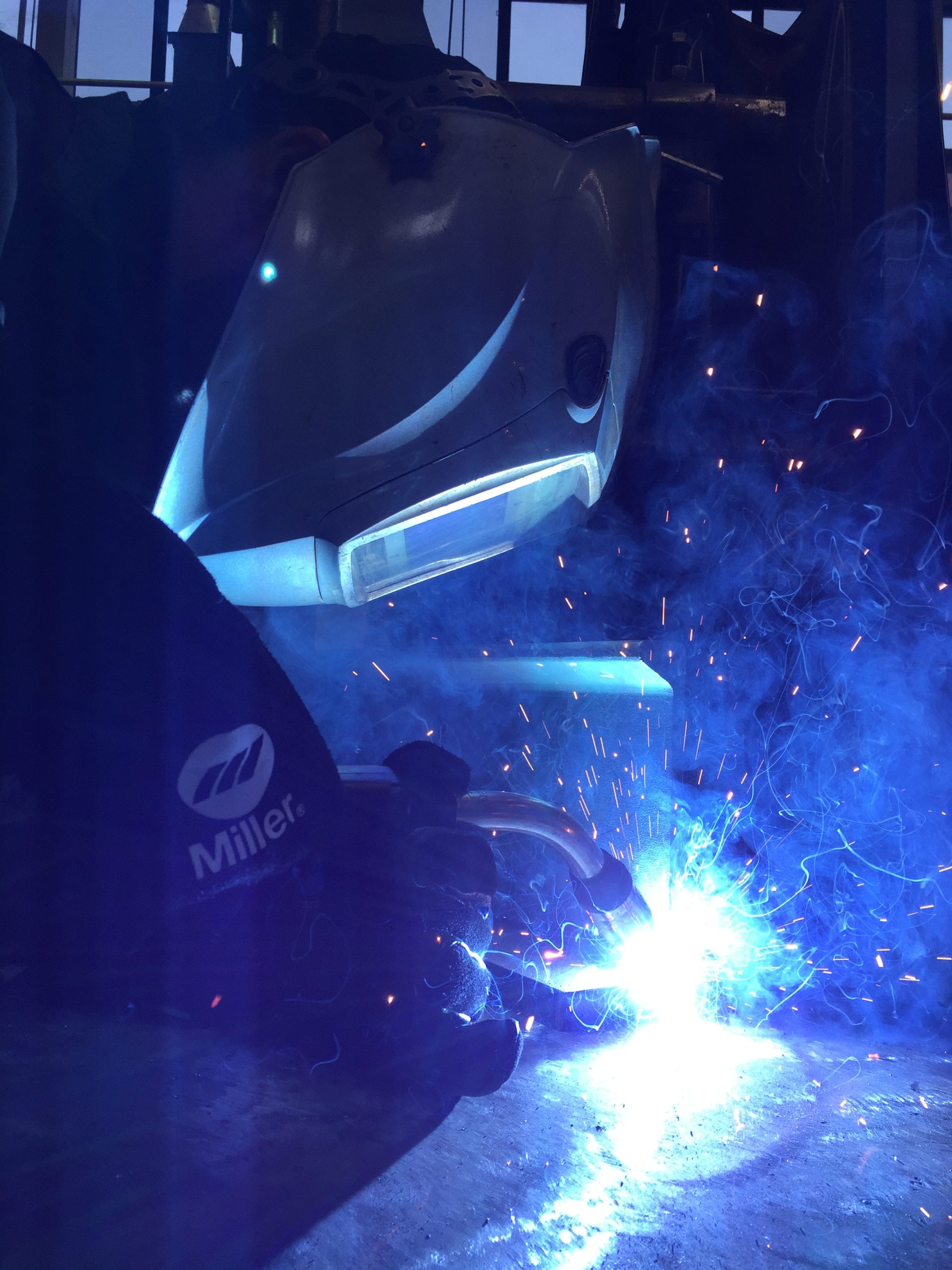Preheating and Other Considerations for Welding Dissimilar Metals
It’s not uncommon for welding dissimilar metals to be met with uncertainty. The process presents challenges that can impact quality and productivity — and cause you frustration.
Still, the need to weld metals of differing chemical and mechanical properties is a reality in industries ranging from manufacturing and fabrication to construction and more. Typically, cost and/or service condition requirements dictate the use of dissimilar metals.
What to know to weld different base metals
If the filler metal isn’t metallurgically compatible with both base metals, it can lead to cracking or lack of weld strength. To determine the right filler metal and welding parameters, consider these questions:
1. What materials are you welding?
Before you begin welding, it is important to know the two dissimilar metals you are welding, as it gives you insight into their properties and characteristics. In the case of repairs, that may be difficult — but not impossible. Common ways to determine material chemistry include:
-Performing a spark test
-Sending a material sample to be analyzed
-Consulting with the original manufacturer or blueprints
2. What are your requirements for the finished weld?
The service conditions of the finished weld will determine the proper filler metal selection. For example, if a weld will experience high stresses or high temperatures during service, the filler metal must provide properties to withstand those conditions. The ability for a filler metal to provide corrosion resistance to a weld may also be a factor.
3. Is preheating required? The characteristics of each base metal help determine the preheat and interpass temperature requirements — and two different materials may have different preheat temperature requirements. When welding together metals with different preheat recommendations, it’s typically advised to use the higher recommended preheat.
Welding dissimilar metals may seem daunting, but it doesn’t have to be difficult. As with anything new, arming yourself with the right knowledge is key.
Learn about welding dissimilar strength carbon and low alloy steels.
This article is the first in a two-part series discussing considerations and best practices for welding dissimilar metals. Read article two,Joining A36 Steel to Dissimilar Metals: Know the Material Chemistry and More.



